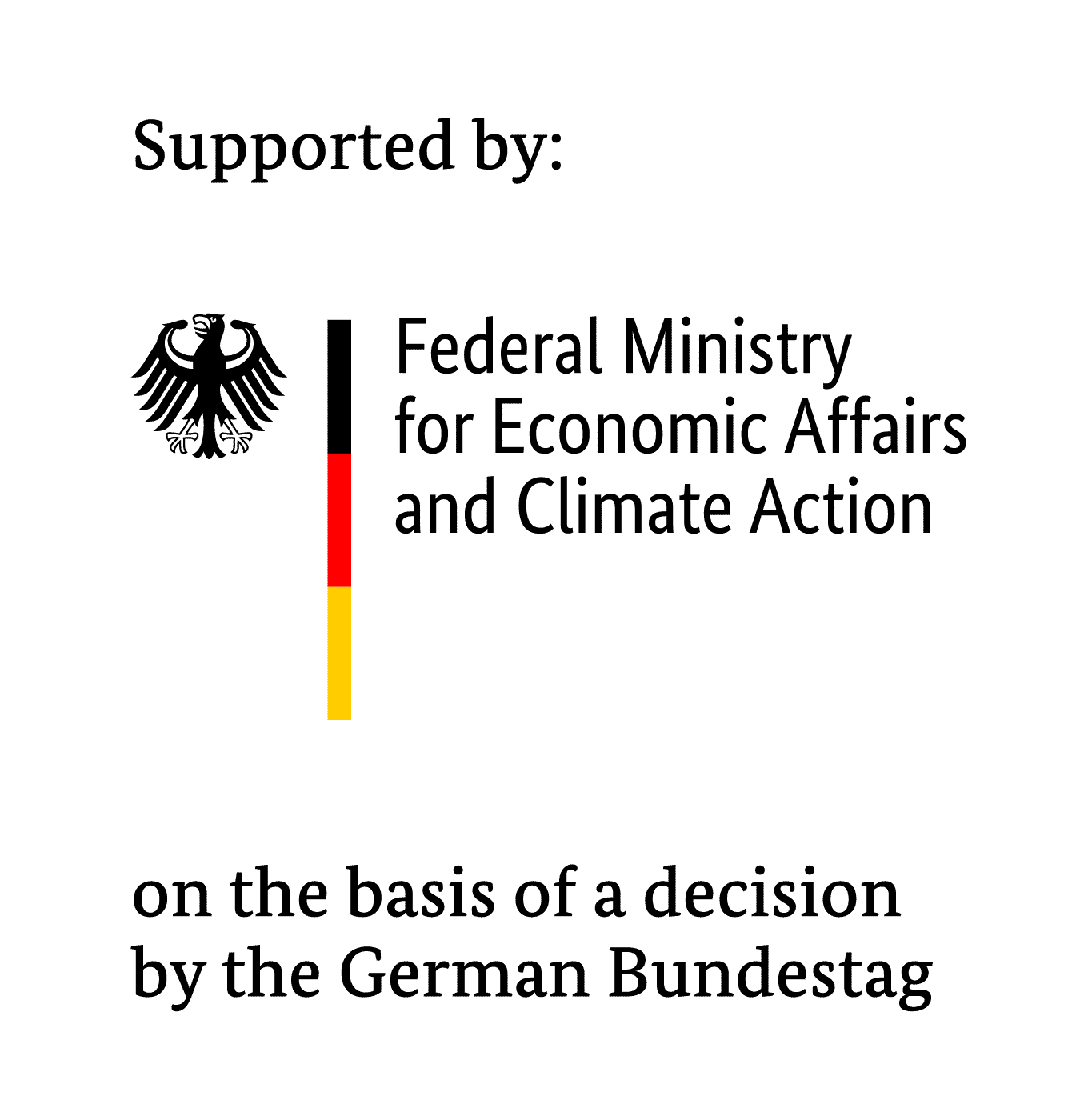Projectname:
Innovative method for accelerated measurement of permeation through novel barrier materials
Workgroup: Packaging materials
Scientific Partners and Guidance:
IGF: 15968 N
Financing: BMWi
Duration: 2009 -2011
The manufacture of high-barrier packaging systems is still an enormous technological challenge. Sensitive foods, for example, have to be protected against the effects of oxygen and water (water vapor). How permeable or impermeable a barrier must be depends largely on the particular application of the material. Moreover, materials for high-tech applications require ultra-barrier properties at a completely new level. This is why the development of innovative materials with customized barrier properties is a very costly and time-consuming process. A main chief factor is the very complex method that is currently employed to measure the barrier properties. An accelerated test method would be an important step towards speeding up the development of materials. One method, involving measuring the barrier properties of polymer films “at production”, is able to considerably accelerate the development of new, tailored materials. One approach here is to use gases having high coefficients of diffusion, for example helium. In this way, the analysis should be able to be significantly accelerated compared to standard measurement methods using oxygen, water vapor or aroma compounds. Still unknown, however, is whether such accelerated measurements would correlate with standardized methods. In addition, such a method would also be easy to employ during production for quality assurance of the barrier films.
The objective of the project is to develop the first at-line method for accelerated evaluation of the permeation properties of barrier materials, using the example of polymeric nanocomposites just after the production process (at-line). The aim is for the duration of the rapid test, based on a film thickness of 100 µm, to be just a 1 to 2 hours. This contrasts with the 1 to 2 days currently required for specific standard tests. Work will also be undertaken to determine whether there is correlation between the results from the rapid tests and the standard permeation tests.
The first phase of the project will involve the selection of model systems for testing the new analytical method and also construction of the extrusion plant and the at-line permeation test stand. Thereafter, the effect of different parameters for the compounding process on the barrier properties will be identified. The barrier measurements will be carried out both at-line and off-line. The at-line and off-line results will then be compared.
The second phase of the project will use the knowledge gained in the first phase to develop barrier materials containing nanoparticles. The barrier effect of different base polymers will be optimized via the incorporation of nanoparticles. As it is known from the literature that platelet-shaped nanoparticles have significant advantages over fiber-shaped and spherical particles, the project will focus on platelet-shaped layer silicates. Besides measuring the barrier properties, other technological parameters will be evaluated including, in particular, the crystallinity of the samples and the distribution of the nanoparticles.

The IGF project presented here by the Research Association of the Industrial Association for Food Technology and Packaging (IVLV e.V.) is funded by the Federal Ministry for Economic Affairs and Climate Action as part of the program for the promotion of industrial community research (IGF) based on a decision of the German Bundestag.